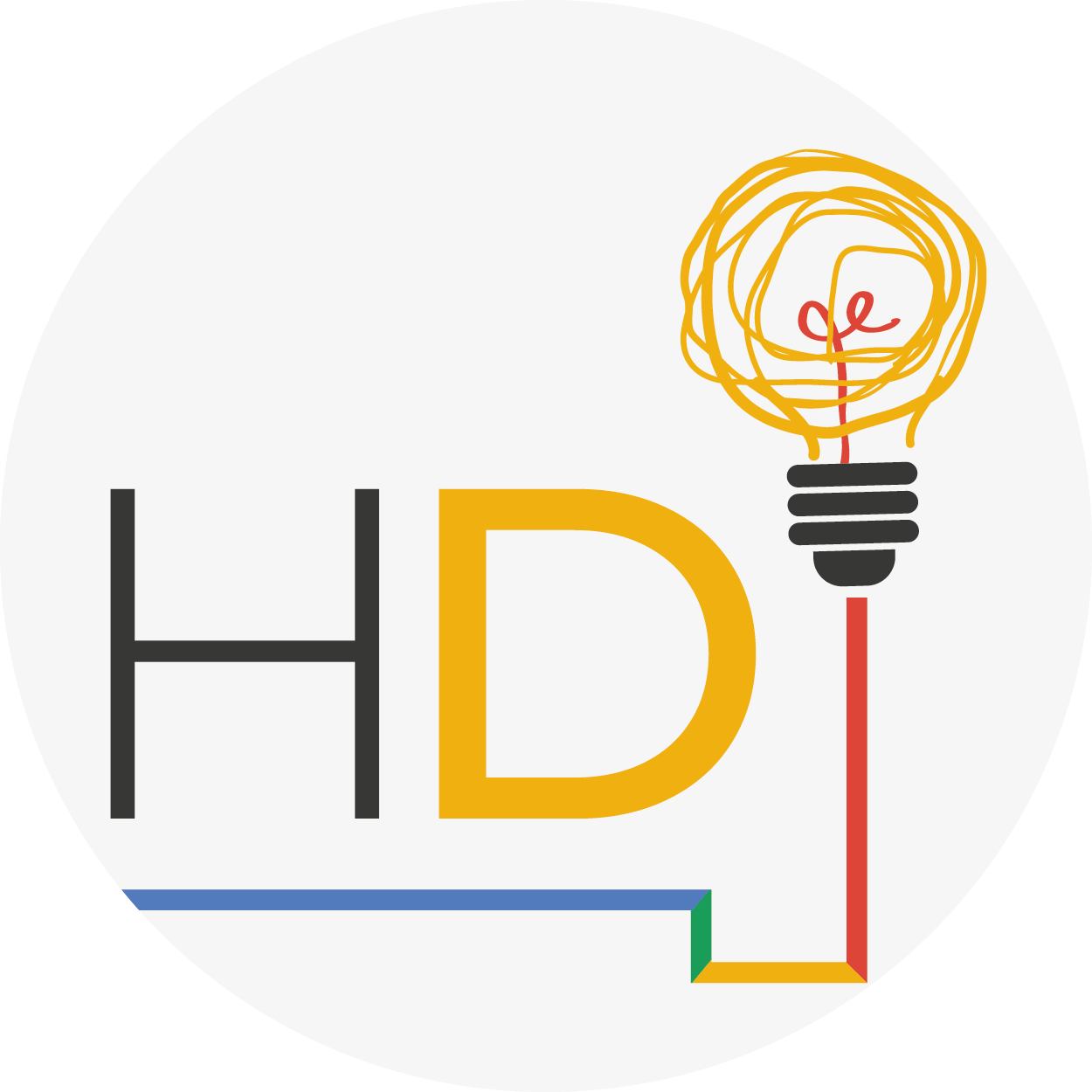"When to use this lesson plan on life in Australia? This lesson plan is perfect for practicing and developing speaking skills. With that being said, you should use it with a student(s) at a pre-intermediate level in English. This essentially means that a student can engage in short, unplanned conversations about everyday life. Essentially this lesson provides a student with the opportunity to ask and answer questions about life in Australia. Don’t forget, this lesson is perfect to use with individual students or groups. If you want additional lesson plans and support, including teachers’ notes, be sure to register for a free Off2Class account."

